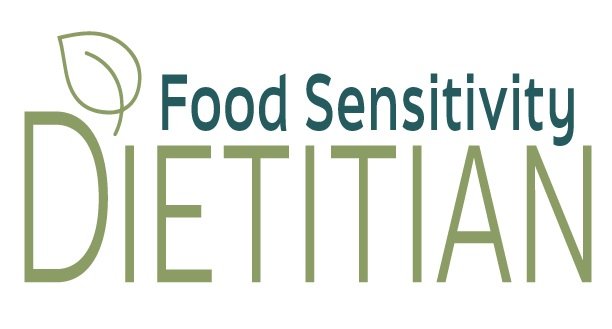Food Chemical Sensitivity: Understanding the Foods, Symptoms, and Revealing Solutions for a Tastier Life!
Do you feel like your food is making you sick? Food chemical sensitivities could be the culprit!
But first, what the heck is a food chemical sensitivity?
It’s a fancy word to describe naturally occurring chemicals that are found in food. That’s it!
I’ll explain specific food chemicals, where they are found, common symptoms, and the best test to know if you’re sensitive.
Let’s dive in.
What is a food chemical sensitivity?
A food chemical sensitivity is an inflammatory reaction to a specific food chemical.
So what’s an inflammatory reaction? I’ll cover that a little farther down in this post. Hang in there.
Most people have NO CLUE that they are sensitive to food because mainstream medicine puts a bandaid on symptoms vs. finding the problem. But, most chronic conditions are related back to a food sensitivity and as a result gut imbalances.
One study suggests that food chemical sensitivities may be the root mechanism for many diseases.
What is the difference between a sensitivity, intolerance, and allergy?
Food Sensitivity: a non-anaphylactic, inflammatory reaction in the gut caused by consuming a specific food.
Food Intolerance: a reaction caused by your body not being able to appropriately digest a food (think lactose intolerance).
Food Allergy: an anaphylactic, inflammatory reaction caused by consuming a specific food.
Intolerances and allergies are much usually easier to diagnose and avoid/treat. Food sensitivities can be trickier to discover and more difficult to pinpoint the connection between a symptom and the specific food.
Seeing a registered dietitian nutritionist is KEY in uncovering a food sensitivity.
Types of Food Chemicals
Natural Food Chemicals
Amines (includes histamine): proteins found naturally in cheeses, soy sauce, processed meats, some fruits, and fermented foods
Glutamates: proteins found naturally in tomatoes, seafood, cheese, nuts, processed meats, and mushrooms
Salicylates: some fruits, herbs and spices, nuts, some vegetables like onion, jams, wine, beer, tea, and coffee.
Capsaicin: nearly all peppers, red pepper flakes, and other pepper based seasonings
Solanine: tomatoes, eggplant, potatoes, peppers, paprika, apples
Non-Natural Food Chemicals
Gums (including xanthan gum): food additive to thicken and improve texture of a variety of food products including breads, sauces, puddings, and baked items. Also found in non-food products like toothpaste, medicines, and lotions.
Food Dyes: added to many different food products
FD&C Blue #2
FD&C blue #1
FD&C yellow #6
FD&C yellow #5
FD&C green #3
FD&C red #40
FD&C red #3
FD&C red #4
Glutamate (MSG): added to a variety of processed food products for a savory flavor
Nitrates/Nitrites: added to processed sandwich meats, sausages, summer sausage, and bacon to preserve and prolong shelf life
Symptoms
Inflammatory reactions = Symptoms
Inflammation can settle in any organs, body systems, and areas of your body. Some foods have direct connections with specific body areas, while other foods’ symptoms vary from person to person.
5 Common Symptoms
Abdominal distress
Diarrhea
Migraine/Headache
Joint Pain
Skin issues (such as eczema)
As you can see below there are many other symptoms that can be caused by a food chemical sensitivity.
Managing Food Sensitivity Symptoms
Work with Professional
Working with an experienced professional like a registered dietitian nutritionist is important for long term success and ultimate management and healing from food sensitivities.
TEST, DON’T GUESS!
So many food sensitivity sufferers try to diagnose themselves and start restricting foods that they “think” are causing them issues. Testing is KEY!
The MRT Test is the gold standard to learn exactly what your body is reacting to. With the help of a Certified LEAP Therapist (CLT) you could start living symptom free in 10-14 days.
Final Thoughts
A food chemical sensitivity is an inflammatory reaction to a specific food chemical. There are distinct differences between food sensitivities, food intolerances, and food allergies.
Naturally occuring food chemicals differ from non-natural food chemicals.
When managing symptoms it’s important to work with a professional such as a registered dietitian nutritionist and TEST before starting an elimination diet or supplementing.
Learn more about how the Food Sensitivity Program can help you live your BEST symptom-free life!

